20 Jan A Great Feud and its Ending
Author Unknown
The two leading Anglo-Irish families in Ireland have long been the FitzGeralds and the Butlers. From being comrades in arms of the invading Strongbow¹, they became by degrees rival barons, and fierce contestants for the vice-sovereignty of their adopted country. In the War of the Roses, the Butlers sided with the white rose of Lancaster, and the FitzGeralds with the red rose of York. Factions gathered around the two great houses, and the bitter feud brought forth death and bloodshed from as early as 1250 down to the Williamite wars. The Butlers, whose chief had attained the dignity of Earl of Ormonde, succeeded in crushing the power of the elder branch of the FitzGeralds, earls of Desmond. It is told of a warlike Desmond that, while he was being borne prisoner on the locked shields of his feudal foe’s clansmen, the Butlers taunted him with their bitter words: “Where is now the proud FitzGerald?” To whom the indomitable earl answered: “FitzGerald is where he ought to be, on the necks of the Butlers.” This proud reply will give some idea of the intensity of the strife.
Now it happened that her Majesty’s Irish Viceroy gave her a garden party in the vice-regal lodge at Dublin, and thither were bidden by accident the Marquis of Ormonde, present head of the Butler family, Commander of the Royal Yacht Squadron, the premier yacht club of the world in age and importance, the most popular of Irish landlords, in person tall and handsome, an appearance singularly in keeping with that of his stately home at Kilkenny Castle, the oldest residence in Ireland, and the little Duke of Leinster, boyish chieftain of the house of FitzGerald. With the duke, who was not quite nine years of age, came his widowed mother, one of the beautiful Duncombe sisters.
The Duchess of Leinster lost sight of her son for a space and in going to look for the lad found him engaged in earnest conversation with a tall elderly gentleman, in whom she was surprised to recognize the Marquis of Ormonde. What was her horror when approaching nearer she distinctly heard the youthful Geraldine² remark in somewhat slangy phrase:
“Well, I suppose I ought to punch your head on account of the feud, but I say, you know, you’re too jolly decent a chap for that. Can’t we shake hands and call it square?”
With the utmost gravity Lord Ormonde grasped the small hand of his hereditary foe, and when the amused mother came to congratulate them on the happy settlement of 600 years of bitterness, she found young hopeful perched, like his famous ancestor on the neck of the Butler.
Thus ended a feud, undoubtedly one of the oldest, and possibly the bloodiest in the world.
- The 2nd Earl of Pembroke, Richard de Clare (1130-1176) was a participant in the Norman invasion of Ireland, He invaded in 1170.
- The FitzGeralds were known as “Geraldines”.




No Comments